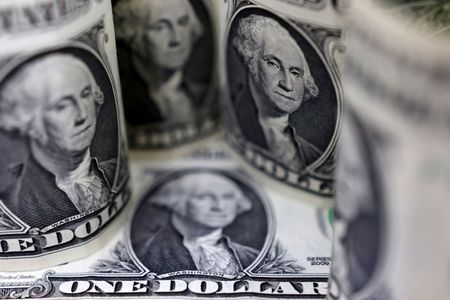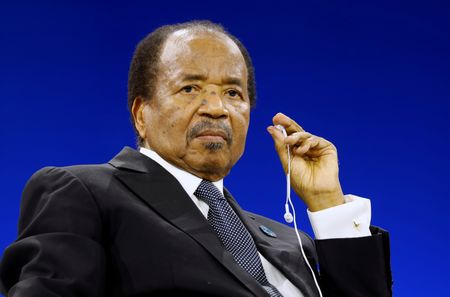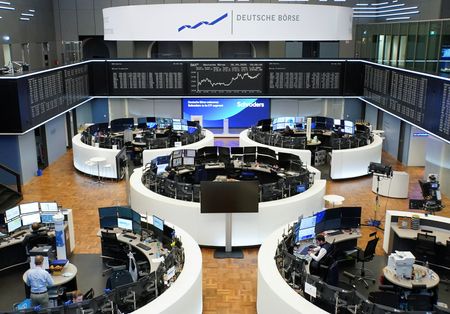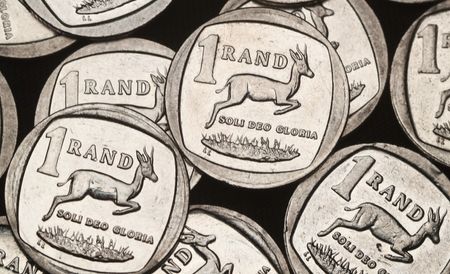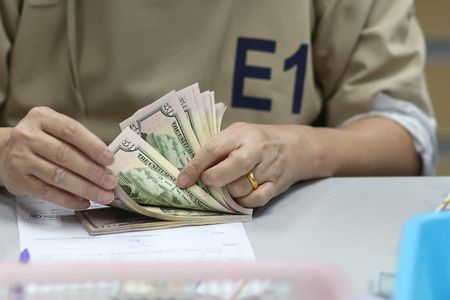By Anna Hirtenstein
LONDON (Reuters) -Oil prices edged higher on Thursday following losses in the previous three sessions as concerns about more disruption to Russian crude exports lent some support, though concerns about oversupply in the market capped gains.
Brent crude futures gained 14 cents, or 0.2%, to $65.49 a barrel at 0749 GMT. U.S. West Texas Intermediate crude climbed by 14 cents, or 0.2%, to $61.92 a barrel.
“There is some concern in the market again that Russian oil could get disrupted,” said Giovanni Staunovo, commodity analyst at UBS. “But as long as there aren’t disruptions yet, the moves are small.”
The Group of Seven nations’ finance ministers said on Wednesday they will take steps to increase pressure on Russia by targeting those who are continuing to boost purchases of Russian oil and those that are facilitating circumvention.
“Buying interest emerged as WTI neared its $60 support level, while heightened geopolitical risks and speculation about tighter sanctions on Russian crude also lent support,” said Hiroyuki Kikukawa, chief strategist at Nissan Securities Investment.
The U.S. will provide Ukraine with intelligence for long-range missile strikes on Russian energy infrastructure, two officials told Reuters on Wednesday, confirming an earlier Wall Street Journal report.
This will make it easier for Ukraine to hit refineries, pipelines and other infrastructure with the aim of depriving the Kremlin of revenue and oil, the WSJ said.
Some analysts attributed the price advance to a technical rebound, after Brent and WTI both lost ground on Wednesday.
Stockpiling demand from China, the world’s largest crude oil importer, also underpinned oil prices, limiting the downside, traders said.
A U.S. government shutdown heightened worries about the global economy, while expectations of higher output by OPEC+, the Organization of the Petroleum Exporting Countries (OPEC) and allied producers, weighed on sentiment, capping the price gains, Nissan’s Kikukawa said.
On the supply side, OPEC+ could agree to raise oil production by up to 500,000 barrels per day in November, triple the increase made for October, as Saudi Arabia seeks to reclaim market share, three sources familiar with the talks said.
Concerns about a market glut contributed to the declines earlier this week, said Jorge Montepeque, managing director at Onyx Capital Group. But the price reversal points to traders not being convinced it will be as severe as some analysts predict, he said.
The Energy Information Administration said on Wednesday that U.S. crude oil, gasoline and distillate inventories rose last week as refining activity and demand softened.
Crude inventories rose by 1.8 million barrels to 416.5 million barrels in the week ended on September 26, compared with expectations in a Reuters poll for a 1-million-barrel rise.
(Reporting by Anna Hirtenstein in London. Additioanl reporting by Yuka Obayashi in Tokyo and Siyi Liu in Singapore; Editing by Tom Hogue, Jamie Freed and Jane Merriman)



